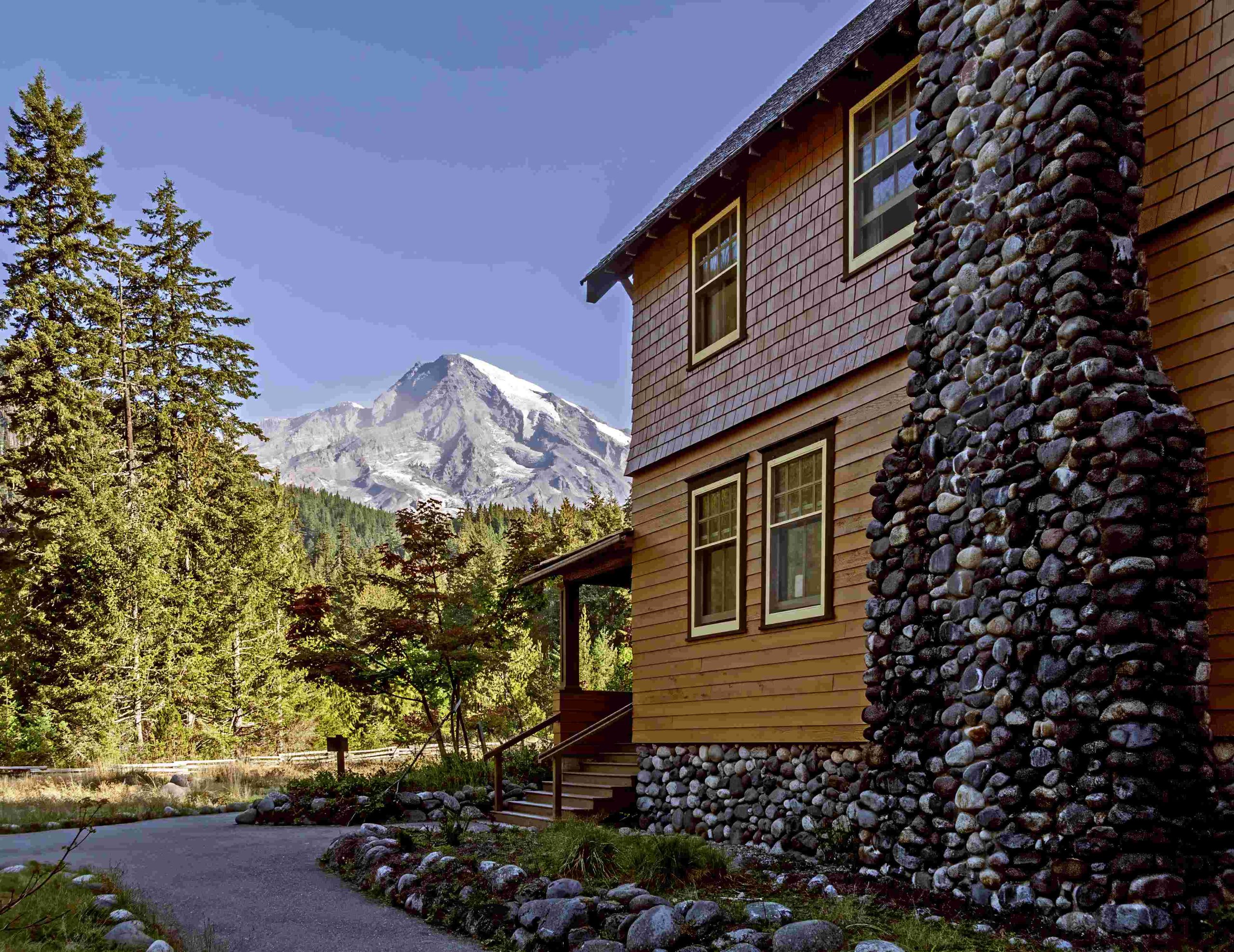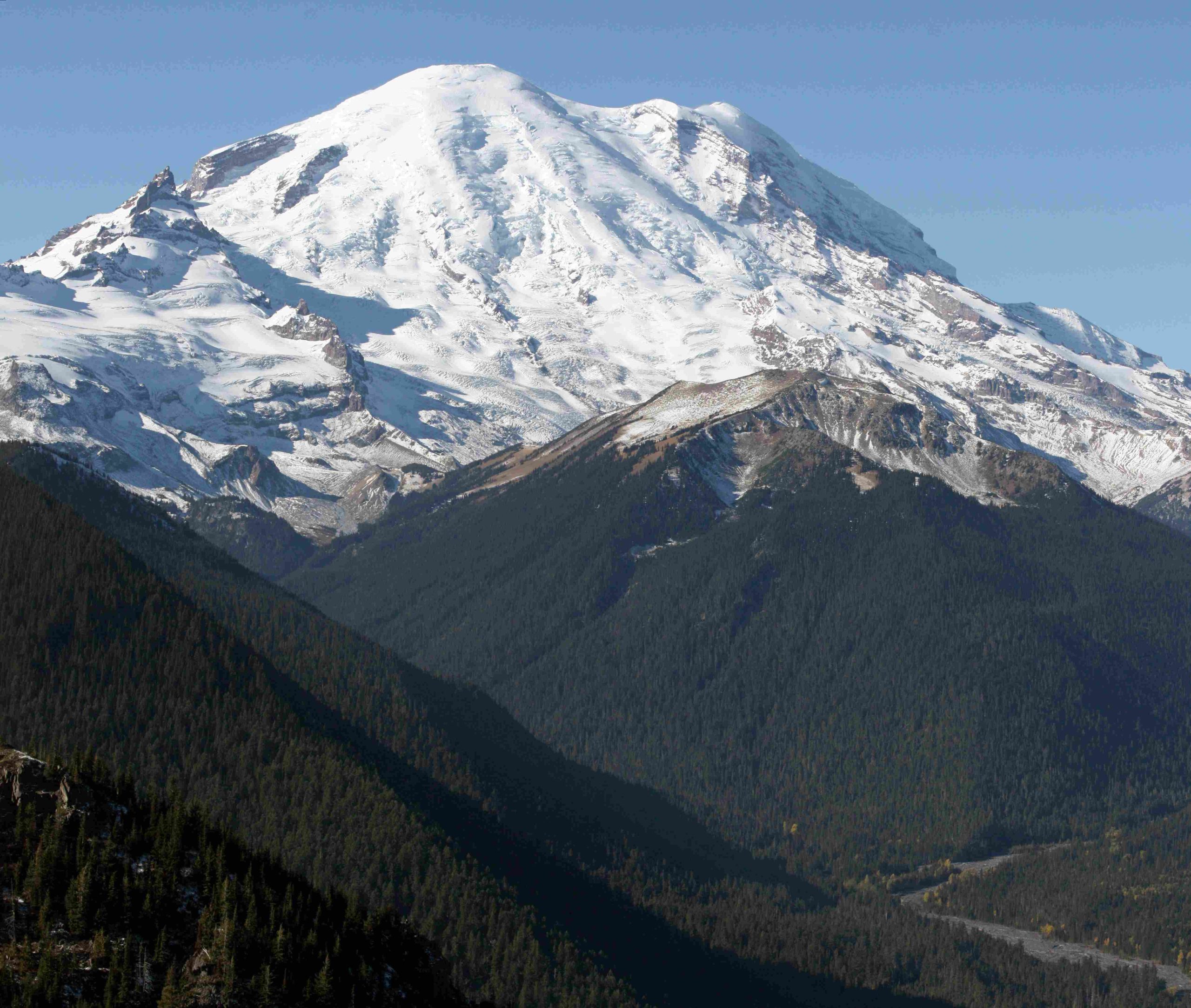Mount Rainier’s climate is characterized by cool, wet winters and mild, dry summers. The mountain’s elevation, latitude, and proximity to the Pacific Ocean significantly influence its weather patterns. With temperatures ranging from below freezing in winter to mild in summer, Mount Rainier experiences diverse weather conditions throughout the year, impacting visitor activities and trail accessibility.
What Are the Key Characteristics of Mount Rainier’s Climate?

Mount Rainier’s climate is defined by its:
- Cool, wet winters
- Mild, dry summers
- Significant temperature variations based on elevation
- Heavy snowfall at higher altitudes
- Frequent rainfall, especially in fall and winter
The mountain’s weather is heavily influenced by its proximity to the Pacific Ocean, which brings moisture-laden air masses that contribute to its precipitation patterns.
How Do Temperature Ranges Vary Throughout the Year?

Temperature ranges at Mount Rainier vary significantly based on season and elevation:
| Season | Day Temperature Range | Night Temperature Range |
|---|---|---|
| Winter | 25°F to 35°F (-4°C to 2°C) | 13°F to 23°F (-11°C to -5°C) |
| Spring | 35°F to 45°F (2°C to 7°C) | 23°F to 33°F (-5°C to 1°C) |
| Summer | 55°F to 62°F (13°C to 17°C) | 40°F to 46°F (4°C to 8°C) |
| Fall | 45°F to 55°F (7°C to 13°C) | 33°F to 40°F (1°C to 4°C) |
These temperature ranges significantly impact visitor activities. Summer months are ideal for hiking and climbing, while winter offers opportunities for skiing and snowshoeing.
What Are the Monthly Precipitation Levels and Their Impact?
Mount Rainier receives substantial precipitation throughout the year, with variations in rainfall and snowfall:
- Rainfall:
- Highest in November: 13.94 inches (354 mm)
- Lowest in August: 2.36 inches (60 mm)
- Snowfall:
- Peaks in February
- Can persist at higher elevations (5,000 to 8,000 feet) until mid-July
The precipitation levels significantly affect trail accessibility:
- Fall to early spring: Many trails may be closed or difficult to navigate due to snow and mud
- Summer: Better trail conditions, but some high-elevation trails may remain snow-covered until late summer
How Do Seasonal Climate Changes Affect Recreational Activities?
Each season at Mount Rainier offers unique recreational opportunities:
- Winter (December to February):
- Activities: Skiing, snowshoeing, winter hiking
-
Challenges: Cold temperatures, heavy snowfall, road closures
-
Spring (March to May):
- Activities: Lower-elevation hiking, wildflower viewing
-
Challenges: Melting snow, muddy trails, unpredictable weather
-
Summer (June to August):
- Activities: Hiking, climbing, camping
-
Advantages: Warmest and driest period, most trails accessible
-
Fall (September to November):
- Activities: Fall foliage viewing, lower-elevation hiking
- Challenges: Increasing precipitation, cooling temperatures
What Are the Major Weather-Related Challenges and Available Facilities?
Mount Rainier’s climate presents several challenges for visitors:
- Extreme Weather Events:
- Sudden changes in weather conditions
- Avalanche risks in winter
-
High winds at higher elevations
-
Accessibility Issues:
- Winter road closures due to snow and ice
- Trail closures or restrictions based on weather conditions
To address these challenges, the park offers various facilities and services:
- Regular weather forecasts and updates
- Road condition reports
- Snow depth and temperature data at Paradise
- Live webcams for real-time weather monitoring
- Emergency gear recommendations for visitors
Visitors are advised to check current conditions and prepare accordingly before their trip to Mount Rainier National Park.
How Does Climate Change Impact Mount Rainier’s Ecosystem?
Climate change is having a noticeable effect on Mount Rainier’s ecosystem:
- Glacial Retreat: The mountain’s glaciers are shrinking at an accelerated rate
- Shifting Treeline: Warmer temperatures are causing the treeline to move upslope
- Changes in Flora and Fauna: Altered precipitation patterns and temperatures are affecting plant and animal distributions
- Increased Fire Risk: Drier summers may lead to more frequent wildfires
These changes are closely monitored by park scientists to understand long-term impacts on the mountain’s unique ecosystem.
Mount Rainier’s climate is a complex and dynamic system that plays a crucial role in shaping the park’s environment and visitor experiences. Understanding these patterns helps in planning safe and enjoyable visits to this iconic national park.
References:
1. https://www.sunheron.com/north-america/united-states-of-america/washington/mount-rainier-national-park-weather-climate/
2. https://www.nps.gov/mora/planyourvisit/weather.htm
3. https://visitrainier.com/weather-road-conditions/

